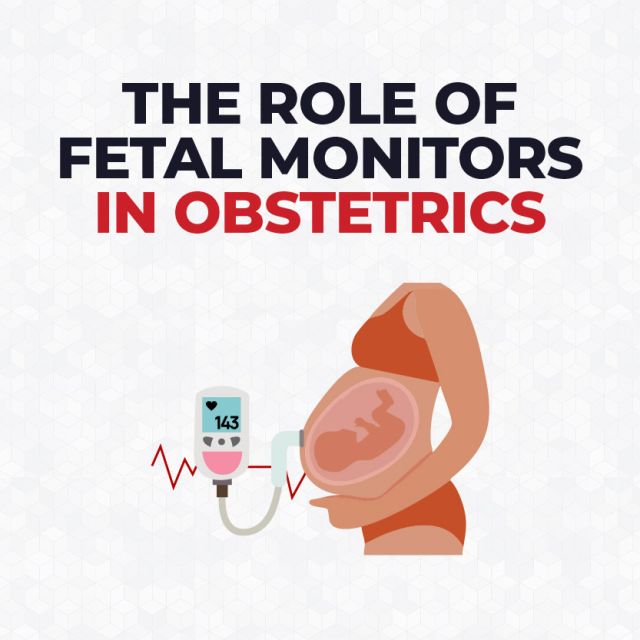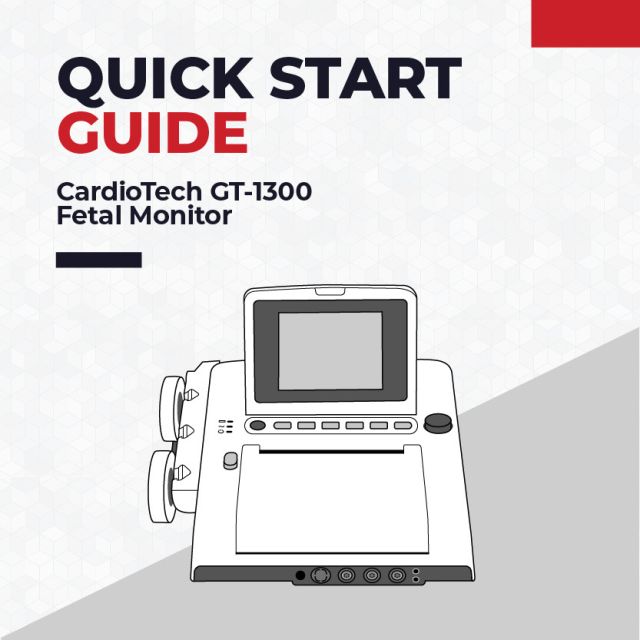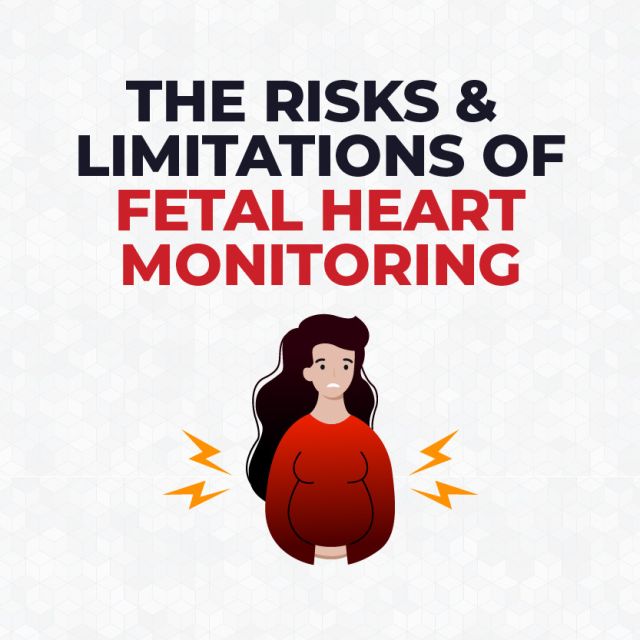Advancements in Fetal Monitoring Technology
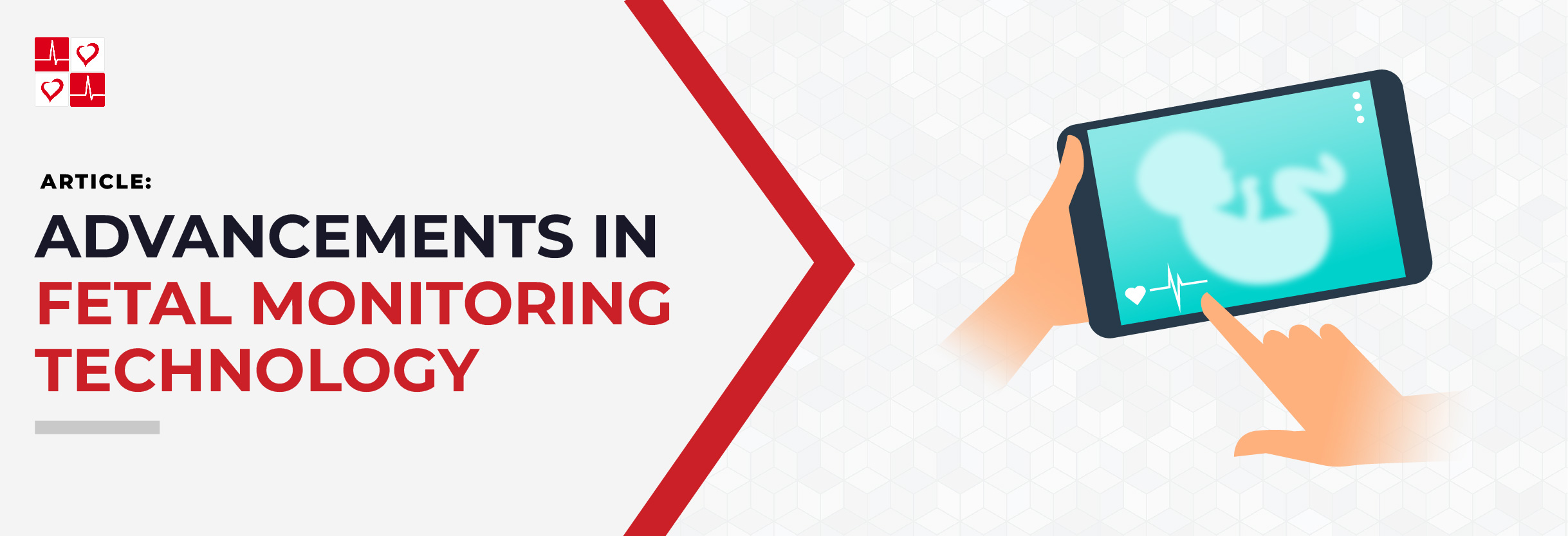
How has Fetal Monitor Technology Evolved?
In recent years, advancements in doppler ultrasound technology have offered groundbreaking discoveries into fetal monitoring. These breakthroughs have allowed fetal doppler imaging to provide detailed assessments of blood flow dynamics, tissue perfusion, and vascular function in the developing fetus.
In this article, we explore some of these cutting-edge advancements in fetal dopplers and their impact on obstetric care.
Fetal Doppler Imaging Technologies
Dopplers provide more detailed images of blood flow while remaining non-invasive, making it safe for both the mother and baby. Additionally, doppler ultrasounds are beneficial at various stages of pregnancy, providing valuable information throughout the entire gestational period. We’ll list some of these imaging technologies below.
Power Doppler Imaging
Power Doppler imaging improved the detection of low-velocity blood flow, particularly in small vessels and organs with minimal blood flow. Power doppler displays the strength of blood flow signals and is best suited for detecting slow-flowing blood in areas with low blood flow velocity.
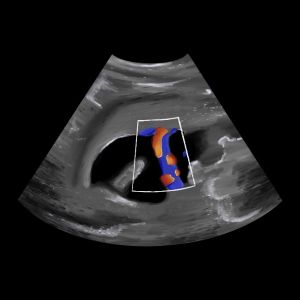
Pulse Wave Doppler and Continuous Wave Doppler
Newer doppler ultrasound systems offer both Pulse Wave Doppler (PWD) and Continuous Wave Doppler (CWD) modes.
Pulse Wave Doppler allows for precise localization of blood flow, making it suitable for assessing velocity and direction blood flow in small vessels or evaluating cardiac function.
Continuous Wave Doppler enables the assessment of high-velocity blood flow. CWD is particularly useful for assessing blood flow in large vessels and detecting valvular heart disease and congenital heart defects.
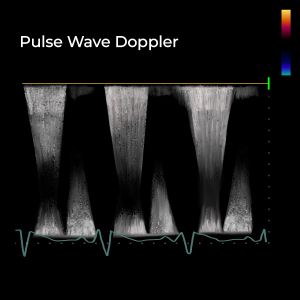
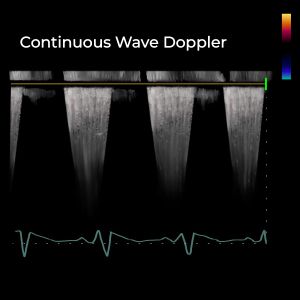
3D Doppler Ultrasound
3D Ultrasounds combine the capabilities of traditional Doppler ultrasound with advanced three-dimensional (3D) imaging technology.
In a 3D Doppler ultrasound, multiple 2D doppler images are acquired from different angles to construct a three-dimensional representation, helping clinicians visualize the cardiac anatomy and assess blood flow through the fetal heart chambers.

Integration Advancements
EMR integrations and wireless monitoring are integration advancements that enable seamless data transmission and real-time monitoring from the bedside to centralized systems. These integration advancements collectively contribute to improved maternal and fetal outcomes, enhancing the quality of care in obstetrics.
Electronic Medical Records
Fetal monitoring systems can now integrate with electronic medical records (EMR) systems, allowing seamless documentation and storage of data via Bluetooth or Wi-Fi. This integration improves communication among healthcare providers, facilitates data analysis, and enhances continuity of care.

Telemedicine and Wireless Monitoring
Telemedicine platforms and wireless monitoring enable healthcare providers to monitor fetal status from a distance. This is particularly beneficial for high-risk pregnancies or situations where frequent monitoring is necessary.

Conclusion
The evolution of doppler technology has led to significant improvements in diagnostic accuracy, imaging capabilities, and clinical utility, making it an indispensable tool in radiology, cardiology, obstetrics, and vascular medicine.



